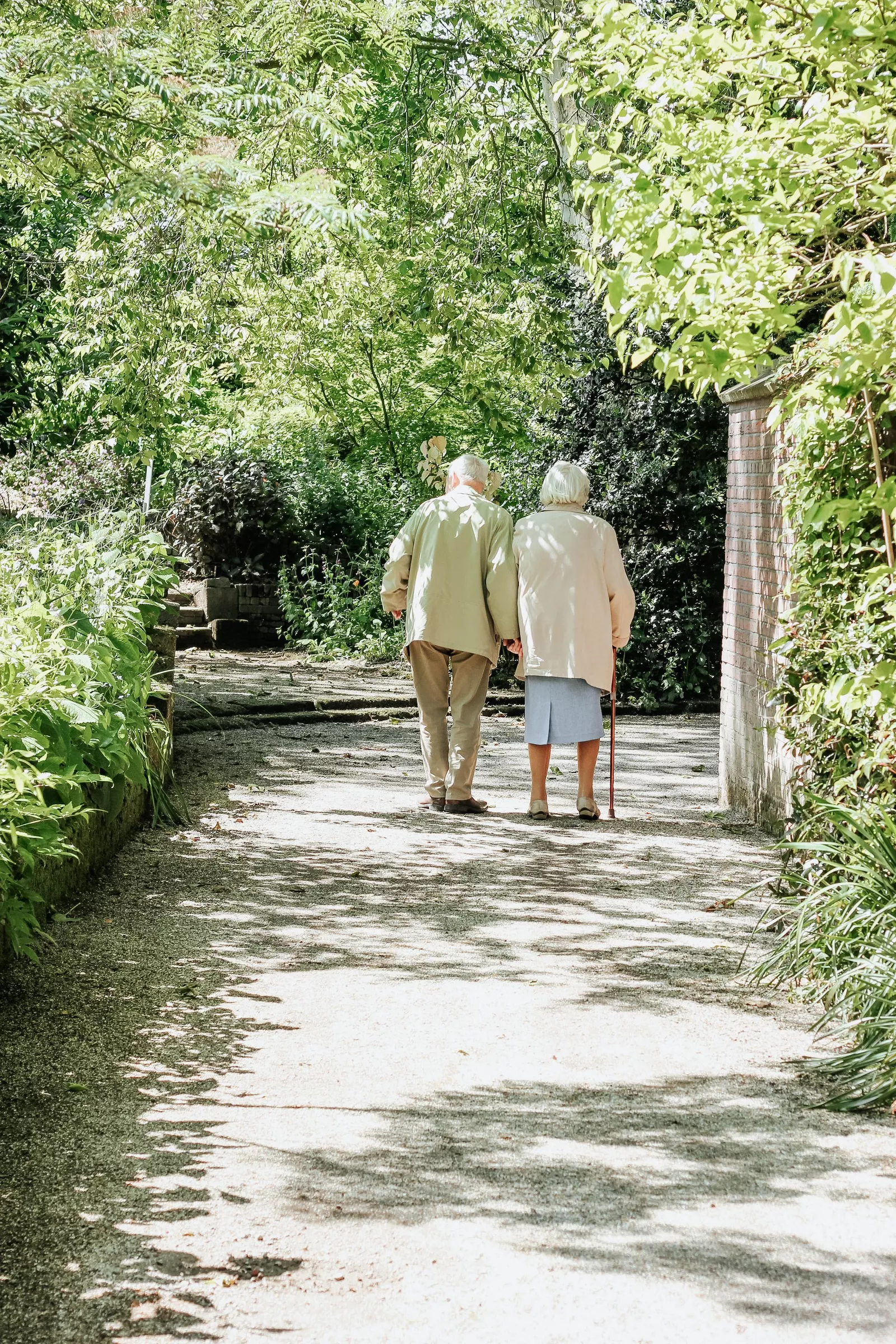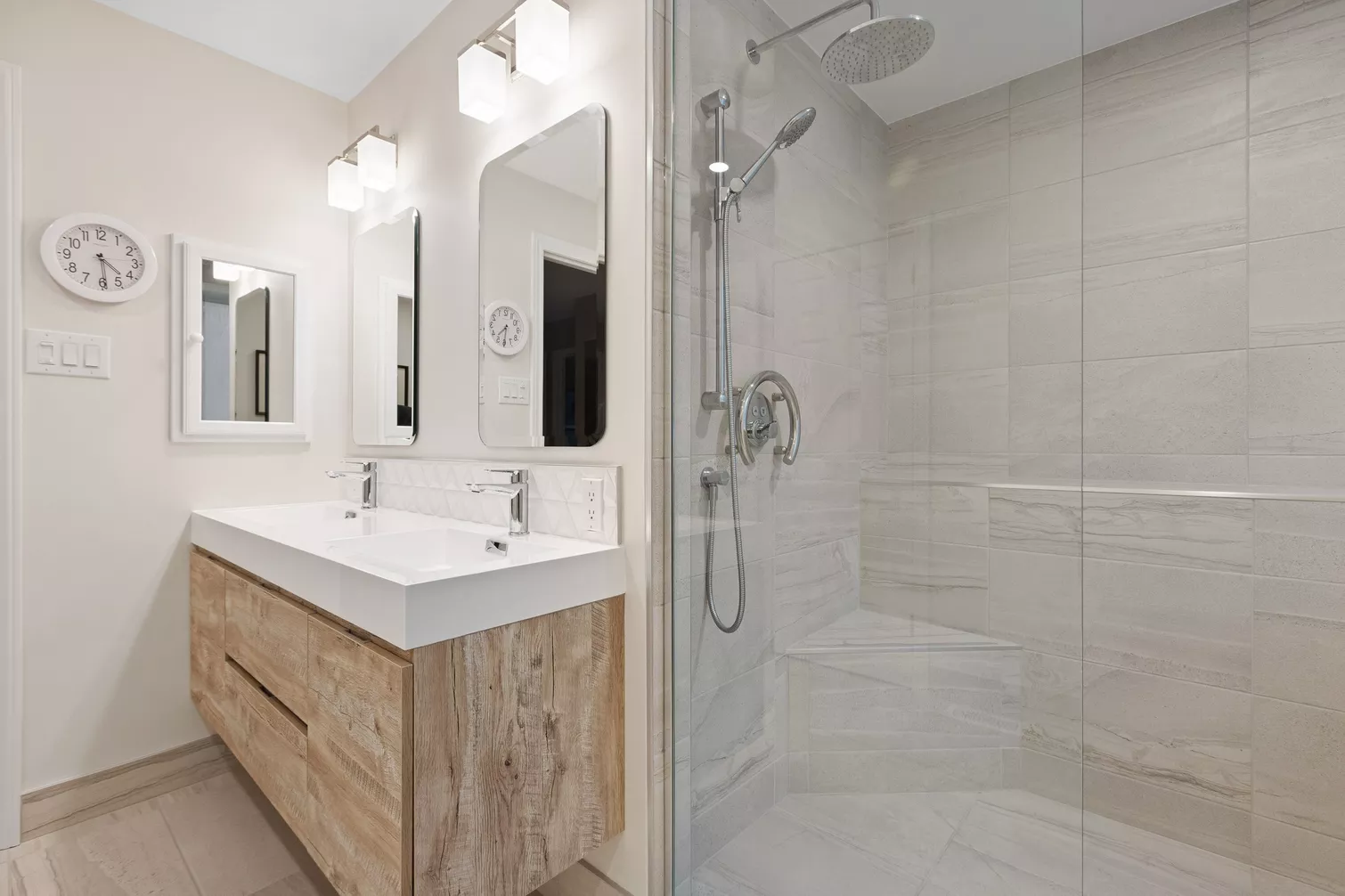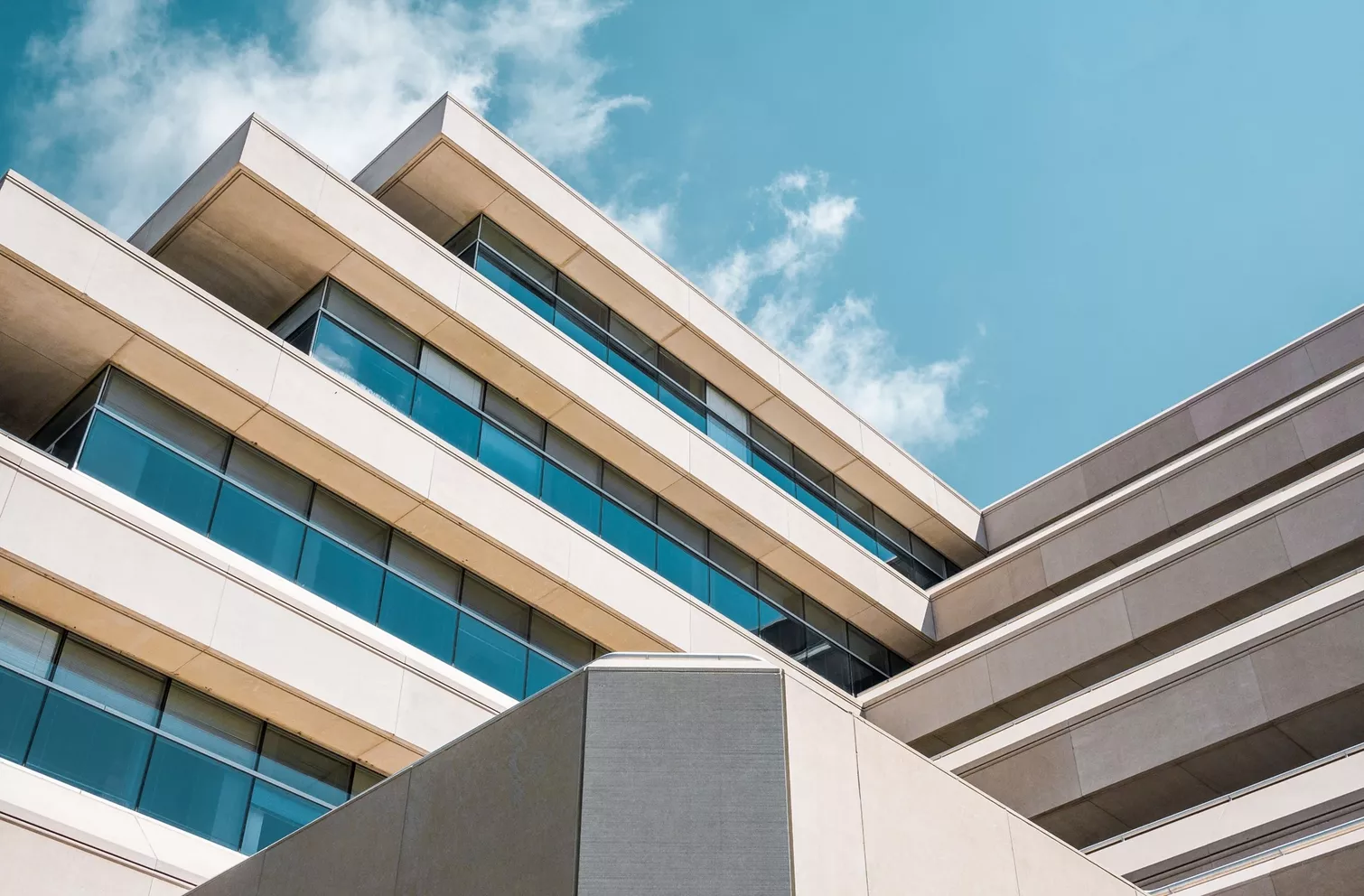Building Accessibility as Part of a Sustainable Building Culture
Accessibility can be improved in many places. Why "building without barriers" is worthwhile and how it can be achieved without significant additional costs, using the example of housing in Germany.
There is currently a shortage of housing that allows people to live independently in their own homes, regardless of their circumstances. According to the German Federal Ministry of Transport, Building and Urban Affairs, only 1.5 percent of homes are currently barrier-free or low-barrier. The situation is particularly precarious in the face of an aging society. Ultimately, however, everyone in society benefits from greater accessibility in everyday life. Well-designed accessibility concepts and easy usability of buildings offer more comfort for everyone. In order to meet this increasing social demand, our Gruner colleagues in Germany have recently started to advise their customers on accessibility in addition to the broad fire protection portfolio in the country.
Build accessibility from the start
There is a lot to consider when planning for accessibility. As an engineering and design consultancy, Gruner is ideally involved in projects from the very beginning in order to integrate barrier-free use into the project design as economically as possible and without any particular difficulties. In the case of new buildings, the necessary measures can be implemented without significant additional costs; in the case of renovations, they are appropriate depending on the building structure. With an adaptable basic structure, each apartment can be easily adapted to individual needs.
Projects are evaluated individually
To achieve this goal, Gruner reviews the project plans it receives for accessibility. For example, is a door at least three feet wide to accommodate a wheelchair? Are all entrances from the outside without thresholds? Are accessible bathrooms planned? Accessible construction is subject to a wide range of requirements, standards, and legal conditions that require in-depth knowledge of the legal situation and complex regulations. This is a challenging task because each state has different requirements, so projects must be evaluated individually based on the type of building and requirements. In Hamburg, for example, apartments can still be built "without thresholds," while in Hesse, buildings with more than two apartments must have at least 20 percent barrier-free access. The design process also ensures that accessibility is guaranteed for all groups of people. This means that a person in a wheelchair needs a level surface to move around on, while a blind person can use a tactile guidance system to find his or her way around.
Variety as inspiration for good design
In order to meet all requirements, Gruner develops innovative solutions for our clients that often go beyond the legal minimum. Although the construction costs for accessibility may be slightly higher depending on the project, the construction method proves to be much more sustainable in the long run. The diversity of human abilities and the associated functional requirements should not be seen as an obstacle in the discourse, but rather as an inspiration for good design. They form the basis for a modern and sustainable building culture, true to Gruner's vision: Building a future worth living in.






